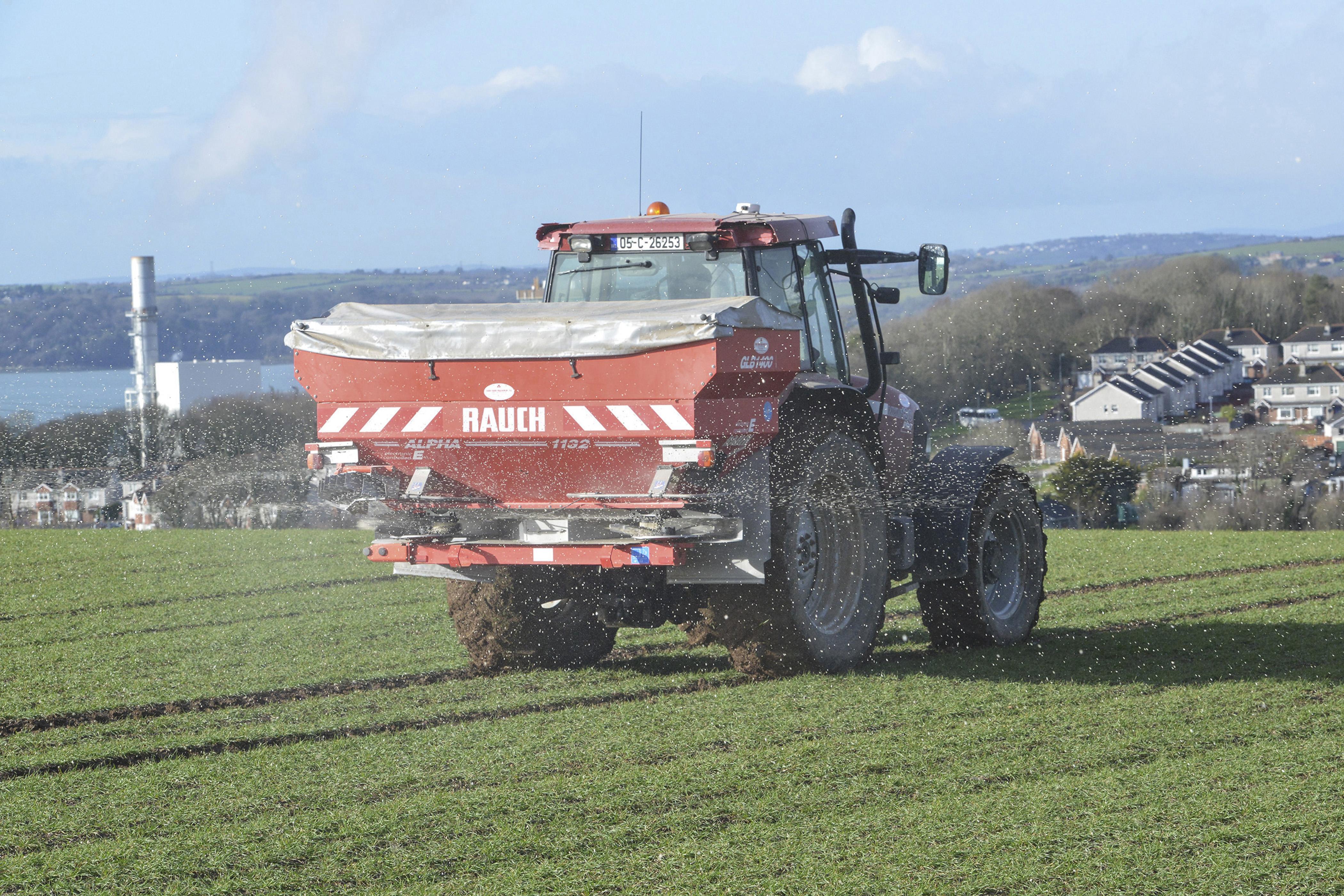Get a 24 hour weather forecast
By Liam Stack, M.Agr.Sc Ruminant Technical Manager
 Buying fertiliser without getting your soil sampled and a having a fertiliser plan is like ordering feed without knowing what group of animals you’re feeding or what their requirements are. If you don’t know what you’re dealing with it’s next to impossible to get the best results.
Buying fertiliser without getting your soil sampled and a having a fertiliser plan is like ordering feed without knowing what group of animals you’re feeding or what their requirements are. If you don’t know what you’re dealing with it’s next to impossible to get the best results.
The very same applies when you’re buying fertiliser, you need to know your soil health status in order to nurture it with the correct lime, P & K and see the best growth in return.
Fertilisers are expensive. Their use needs to be targeted. Individual fields within your farm will require varying amounts of P and K to maintain good soil health or fix poor soil health.
Spring nitrogen should be targeted to the right places at the right time. Nitrogen should be spread on fields with a good cover of grass (6cm) where soil temperatures are 5 °C and rising. The amount of N applied will depend on your stocking rate and demand for grass. Target 70 units on good ground with plenty PRG with a big grass demand however on colder wetter ground you can probably miss the late January/early February application of urea, spreading the remaining 46 units to the 1st of April.
Spring Fertilisers to match index needs
(below is a plan for high stocking rates, lower stocking rates will have low N, P and K requirements)
Slurry:
| January/ February | Slurry: 1/3 of the grazing platform (low covers <600kg DM/ha | 2500 gal/acre (Trailing shoe) |
| February /March | Slurry: 1/3 of the grazing platform (paddocks grazed 1st) | 2500 gal/acre (Trailing shoe) |
Chemical Fertiliser January to end of April (no slurry) (index 3 for p and k)
| Product | Rate | N | P | K |
| Protected Urea | ½ bag | 23 | ||
| 18/6/10 + S + Na + Mg | 3.5 bags | 63 | 21 | 35 |
| Total | 86 | 21 | 35 |
Chemical Fertiliser January to end of April (2500 gals per acre slurry) (index 3 for p and k)
| Product | Rate | N | P | K |
| Slurry 2500 gals per acre | 22.5 | 12.5 | 75 | |
| Classic NP | 2.5 bags | 63 | 10 | |
| Total | 86 | 22.5 | 75 |
Finding the correct fertilisers to Feed Your Soils:
For more information on a Target Fertiliser Plan to Feed Your Soils please contact your Area Sales Manager, our Inside Sales Team on 022 31644 or your local Branch Agri Lead.